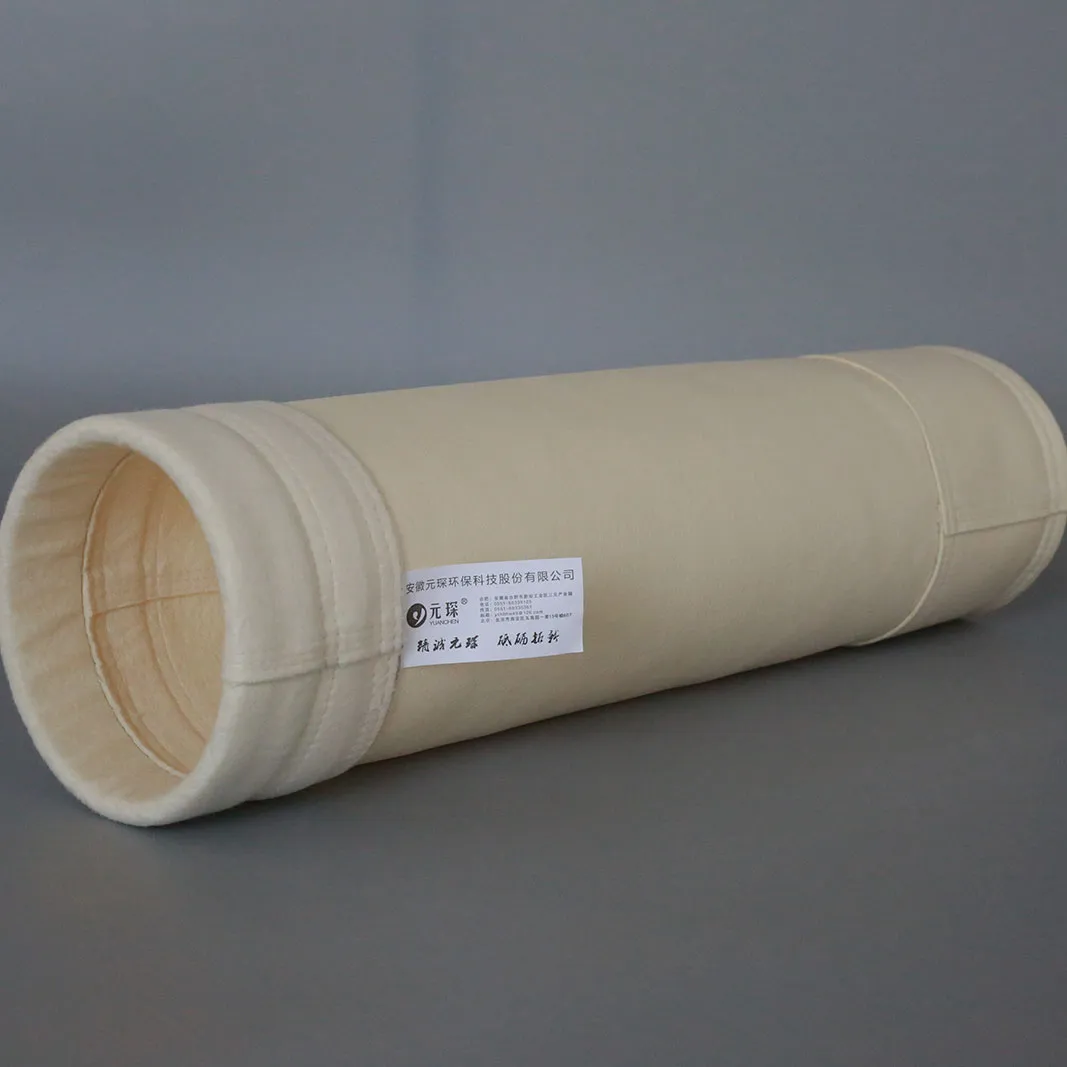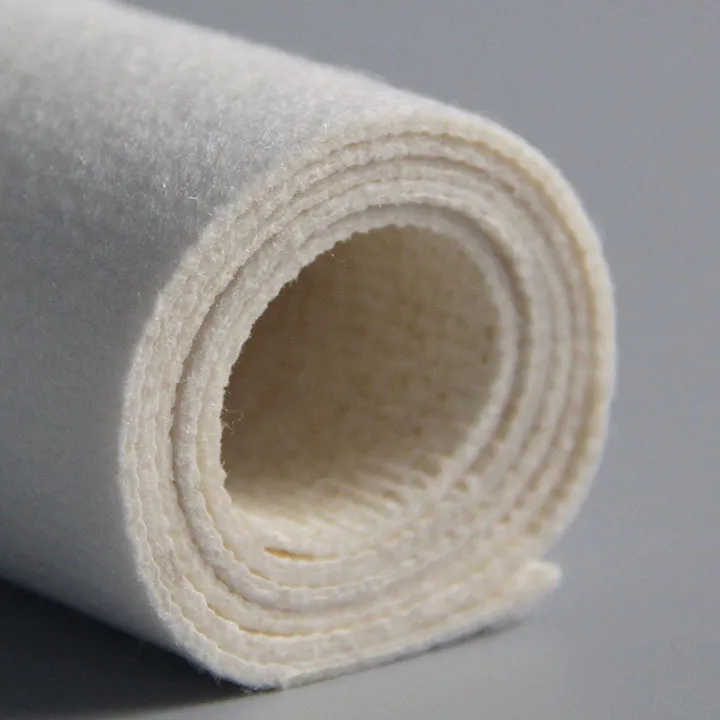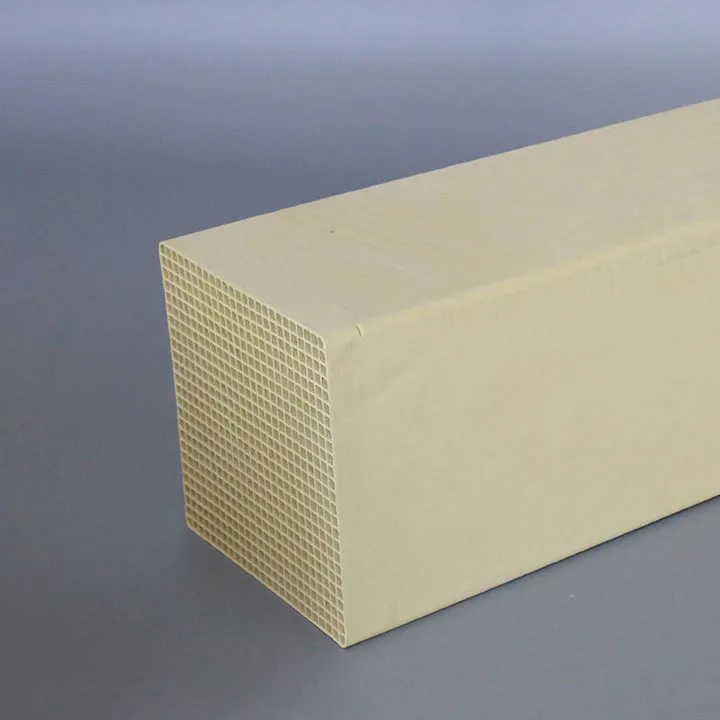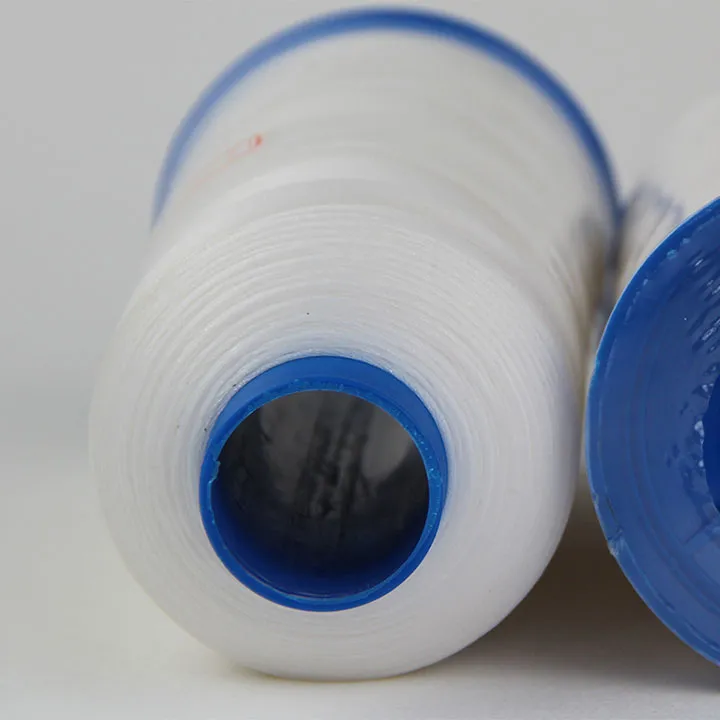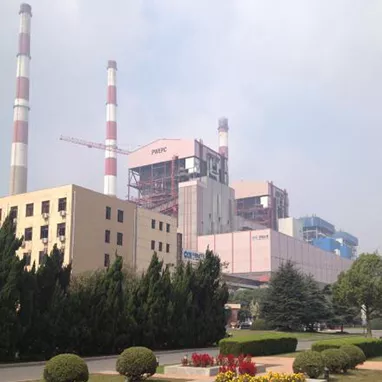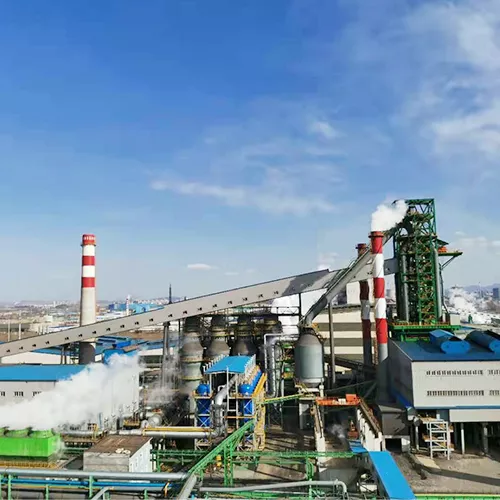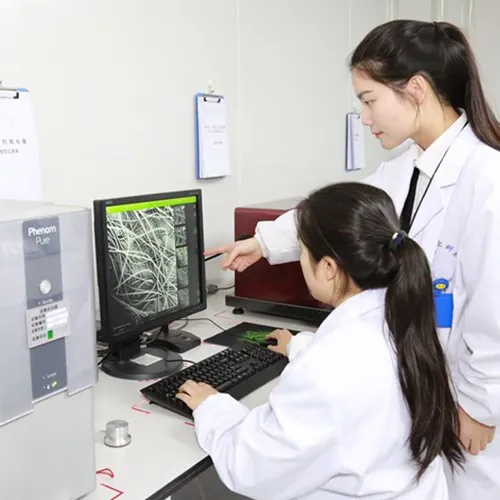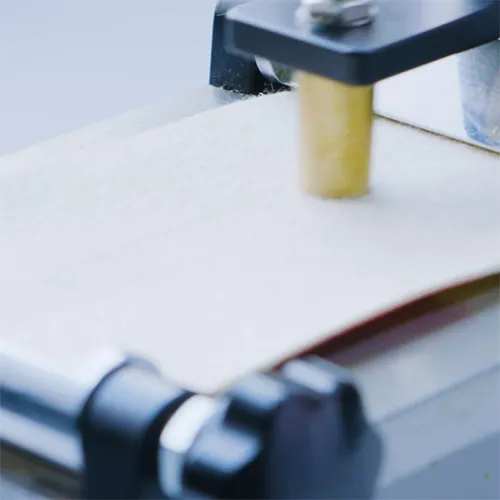Does Air Filter Help with Dust?
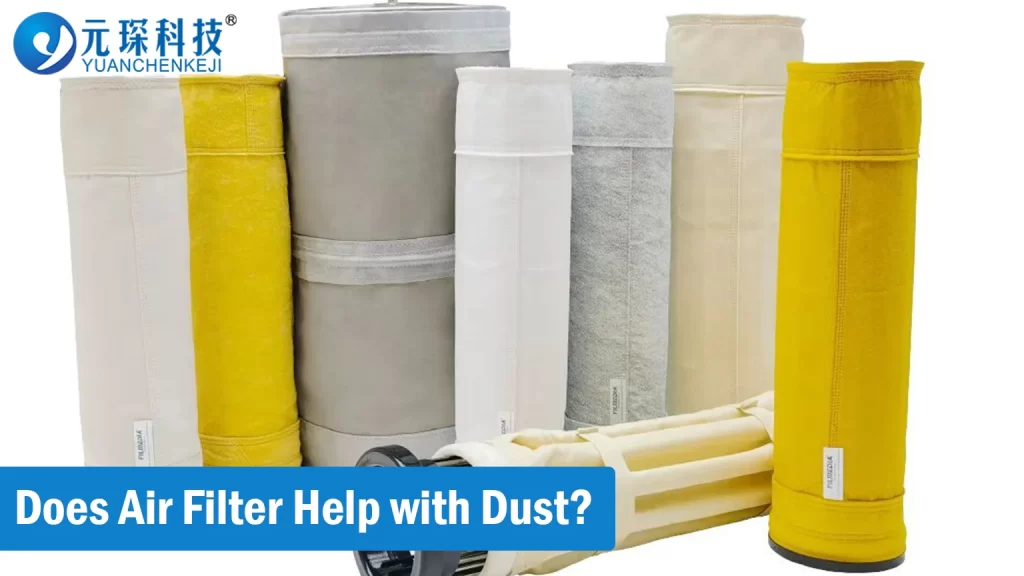
Does air filter help with dust?: Indoor air pollution is a serious problem that affects millions of people globally. The air inside our homes can include a variety of contaminants that are harmful to our health and well-being. Among these contaminants, dust stands out as a particularly common and persistent enemy, which not only degrades the cleanliness of our living environments, but it may also worsen respiratory diseases like allergies and asthma.
Given these issues, the value of dust control mechanisms such as air filter for dust control cannot be over-emphasized. Let us see what air filters are, and whether they actually help in dealing with dust or not.
Why Controlling Dust is Important?
To know the answer to that question, people first need to understand the importance of air quality. Indoor air quality (IAQ) refers to the condition of the air inside buildings and structures, particularly as it relates to the health and comfort of occupants.
Good IAQ guarantees that the air in a room is clean, devoid of dangerous pollutants, and favorable to a healthy lifestyle. Poor indoor air quality can have a substantial impact on health and well-being.
Indoor air pollution can cause a variety of health concerns, including respiratory issues, allergies, asthma exacerbations, headaches, exhaustion, and eye, nose, and throat irritation. Prolonged exposure to indoor pollution can also raise the chance of acquiring chronic respiratory disorders, cardiovascular problems, and other major health difficulties. Now,
dust is one of the most common indoor air contaminants, consisting of particles from a variety of sources. It may build up on surfaces like furniture, floors, and fixtures, as well as inside HVAC systems, carpets, and upholstery. When dust particles are disturbed , they become airborne and can be breathed, causing respiratory problems and allergic responses in sensitive individuals.
Keeping dust levels under check, and ensuring a good indoor air quality is therefore very important to safeguard the health of people living inside buildings.
The Role of Air Filters in Dust Control
Now that we know how important IAQ is, and how bad dust is, we need a solution that takes care of this annoying dust problem for good. This is where air filters and air purifiers come in.
A duster air filter is basically a piece of equipment that improves Indoor Air Quality by effectively filtering/eliminating airborne contaminants contained within the dust that gets accumulated indoors over time.
Air filters are designed to filter the indoor air that passes through them, in order to remove impurities from indoor it and creating a healthier and more pleasant living space. They are especially useful in areas with insufficient ventilation or high pollutant concentrations, such as residences, businesses, and hospitals.
As air flows through the purifier, it goes through a number of filters that catch impurities. Once filtered, the purified air is returned to the environment, resulting in cleaner and fresher indoor air.
Air dust filters utilize several types of filters to target certain pollutants and allergies. Among the most commonly used filters are:
1. HEPA Filters
High-Efficiency Particulate Air (HEPA) filters are well-known for their remarkable ability to catch small particles with diameters of 0.3 microns or bigger. These dust eater air filters are very efficient at catching dust, pollen, pet dander, mold spores, and other airborne allergens which try to sneak past them, preventing them from recirculating in the air.
2. Activated Carbon Filters
Activated carbon filters are excellent in adsorbing smells, volatile organic compounds (VOCs), and other gaseous pollutants. Activated carbon, by chemically interacting with these impurities, serves to neutralize unpleasant odors and improve overall air quality.
3.Pre-Filters
Pre-filters are the first line of protection against bigger particles like dust, hair, and lint. Pre-filters serve to extend the life of the primary filtration system and maintain peak performance by catching these particles before they reach the main filter.
Air and dust filters provide comprehensive air purification solutions by combining sophisticated filtering technologies and novel features, effectively combating indoor air pollution and improving overall IAQ.
How Air Filters Work?
So, air filters take in the dusty air, and provide you with (relatively) cleaner air, but how exactly do they work?
Since the major function of a dust air filter is to remove airborne pollutants such as dust, pollen, pet hair, mold spores, and other allergies, these filters work by absorbing air from the surrounding environment and passing it through a series of filters.
These filters are extremely effective at catching minute particles. HEPA filters are the most renowned as they can catch very tiny particles with great efficiency, helping them to eliminate dust and other allergens from the environment.
In addition to HEPA filters, certain air purifiers may use other filtering technologies, such as activated carbon filters or pre-filters. Activated carbon filters effectively absorb smells, gasses, and Volatile organic compounds (VOCs), whilst pre-filters collect bigger particles, extending the life of the primary filter.
Some air purifiers may also employ UV-C light. This air filter dust removal technology works by sterilizing and destroying germs, viruses, and viruses mold spores. UV-C light operates by damaging germs' DNA, stopping them from multiplying and causing harm.
On the other hand, fabric (or cloth-based) air filters are based on a complicated fabric structure designed to function as a barrier to airborne particles. Cloth-based filters use tightly woven or non-woven fabric materials to provide greater filtering efficiency. As air travels through the filter, dust particles are captured and kept within the fabric matrix, preventing them from returning to the environment.
These fabrics filters are often made up of several layers of thin cloth, each performing a unique purpose in the filtration process. The topmost layer serves as a pre-filter, catching bigger particles like dust bunnies and pet hair, while the interior layers target smaller particles down to microscopic size. The fabric's densely packed threads form a labyrinth-like network, effectively trapping dust particles and preventing them from passing through the filter medium.
As the air filled with dust particles enters this excellent air filter dust collector, the fabric material functions as a sieve, catching particles of various sizes floating in air. The small spaces between the fabric's strands efficiently capture dust particles, preventing them from escaping into the surrounding environment. This process continues as air passes through the filter's successive layers, guaranteeing complete filtration and elimination of dust particles.
Once the air has gone through the filters, the cleansed air is returned to the room, resulting in a continuous cycle of air circulation. This helps to keep the indoor air clean and fresh throughout the room.
Air purifiers enhance indoor air quality by effectively capturing and eliminating airborne contaminants, resulting in a healthier environment for inhabitants. When paired with regular maintenance and other preventative measures, air purifiers can help reduce dust and promote general well-being. Does an air filter
help with dust? In light of all the information regarding their working, it is easy to say that air filters are indeed very effective at catching dust particles of all sizes, including visible specks and tiny allergens.
Choosing the Right Air Filter
To select the best air filter , many important elements should be considered to guarantee peak performance and compatibility with your HVAC system. Here's an overview of things to look for:
1. Filter Type
The kind of filter used in an air filter determines how successful it is at absorbing dust and other airborne contaminants, and it doesn't get any better than the High-Efficiency Particulate Air (HEPA) filter.
Well-known for its ability to efficiently absorb the finest of particles, HEPA designation offers the best-in-the-business air filter to remove dust, pollen, pet dander, and other allergens from the air.
Take into account whether the air filter has any supplementary filters, such as activated carbon filters for odor removal or pre-filters to capture bigger particles and increase the life of the primary filter.
2. Filtration Efficiency
The primary function of an air filter is to absorb airborne particles, such as dust. As a result, it is important to select a filter with good filtering efficiency. The HEPA dust collector air filters again take the lead here, as they're known to collect up to 99.97% of airborne particles as small as 0.3 microns.
3. Room Size
The size of the indoor space where the air filter will be utilized is another important factor to consider. The Clean Air Delivery Rate (CADR) is the amount of square footage that air filters are supposed to cover.
To guarantee effective air filtration, use an air filter with a CADR that is appropriate for the room size. Smaller filters will only be effective in smaller spaces, and larger rooms will definitely require more powerful air filters (or more units) to provide proper coverage.
4. Filter Dimensions and Compatibility
Consider the filter's size and thickness to ensure it fits correctly into your HVAC system. A filter that is too tiny may enable air to travel around its borders, diminishing its efficiency. Measure the filter slot in your HVAC unit and select an air filter that is the correct size.
Moreover, not every air filter for dust control is going to work with every HVAC system out there. To avoid a hassle later on, make sure to check the air filter manufacturer's description, and your HVAC's requirements to confirm the filter is compatible with your specific HVAC model. Consider airflow capacity and installation requirements to guarantee a correct fit.
5. Durability
Choose an air filter comprised of long-lasting materials that can survive repeated usage and maintain filtering efficacy over time. Look for filters with reinforced frames and solid construction to avoid damage and maintain lifetime. Consider moisture resistance, as well as resistance to ripping or collapsing under pressure. By now it might start sounding predictable, but the HEPA filter air purifier for dust is also known to be some of the most durable filters around.
6. Look for Certifications
When choosing an air filter, check for certifications from respected organizations such as the Asthma and Allergy Foundation of America (AAFA) and the Association of Home Appliance Manufacturers (AHAM). These certificates show that the air filter has been rigorously tested and satisfies industry requirements for performance, efficiency, and safety. Choosing a certified air filter ensures quality and dependability, especially for those with allergies or respiratory disorders.
7. Replacement Schedule
Filters don't last forever, and lose their effectiveness over time. Over time, dust and debris can clog cloth-based filters, limiting airflow and filtering effectiveness. If they're not replaced in due time, they might do more harm than good .
To ensure the best indoor air quality, replace the filter on a regular basis. For this reason, work to establish a regular replacement schedule based on manufacturer recommendations to guarantee consistent performance and effective dust removal.
Will An Air Filter Help with Dust?
The short answer is Yes , air filters and air purifiers are very good at dealing with dust indoors. However, their efficiency in dust removal is determined by various factors.
For one, the location of air filters is critical for optimum dust removal performance. Placing them in high-traffic areas of the house increases the collection of airborne particles, improving overall indoor air quality.
Additionally, air filters with larger coverage areas are better equipped to handle dust removal in spacious rooms, underscoring the importance of selecting the appropriate model based on room size and layout.
Individuals with respiratory problems such as asthma should only opt for specialized dust filter air purifiers that come with suitable certifications, such as ASL (Asthma and Allergy Foundation of America) and AAFA (Asthma and Allergy Friendly Certification Program).
These certifications demonstrate adherence to high air purification requirements, providing guarantee of efficacy in dust and allergen removal. Furthermore, filter quality is critical, since superior filters help capture and hold dust particles efficiently.
Ultimately, air filters can play an invaluable role in improving indoor air quality by eliminating dust and other pollutants, given that certain criteria are met, such as proper installation, coverage area, certifications, and filter performance.
Thus, while air filters are undoubtedly helpful in dealing with indoor air pollution, intelligent decision-making is required to maximize their potential for dust removal and overall indoor air quality improvement.
Conclusion
Controlling dust in indoor spaces is critical for protecting respiratory health and improving overall well-being, and air filters have emerged as an effective solution, providing efficient filtration capabilities that capture dust particles and other airborne pollutants.
The use of dust reducing air filters is a proactive approach to indoor air quality control, with significant benefits for respiratory health, comfort, and general quality of life.
Find the best filter materials here at Leading Filter . For any query, feel free to Contact us now!


